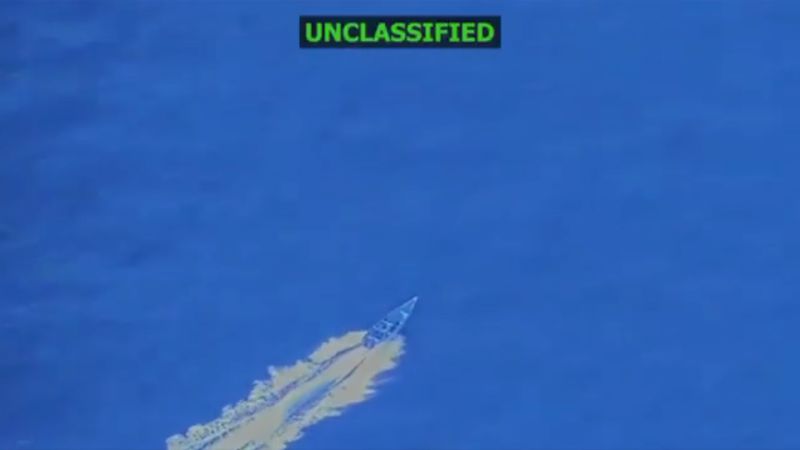Pentagon Deploys Aircraft Carrier to Latin America to Disrupt Drug Trade

Pentagon Deploys Aircraft Carrier to Latin America
The Pentagon has ordered the deployment of an aircraft carrier strike group to Latin America, marking a significant escalation in U.S. military efforts in the region. This move aims to disrupt narcotics trafficking and weaken criminal organizations responsible for drug flows into the United States. The deployment follows a series of air strikes targeting suspected traffickers in the Caribbean and Pacific since September.
Strategic Goals Behind the Deployment
A Pentagon spokesman emphasized the operation’s objective to degrade and dismantle criminal groups that have long exploited regional vulnerabilities. This increased combat presence is part of a broader strategy to assert control over key trafficking routes and reduce the impact of illicit drug trade on American and regional security.
Regional Reactions and Implications
Leaders in Latin America have expressed concern about the U.S. military buildup, with some accusing it of escalating tensions unnecessarily. The deployment signals a shift toward more aggressive intervention tactics, raising questions about the balance between security efforts and diplomatic relations in the hemisphere.
About the Organizations Mentioned
Pentagon
The **Pentagon** is the headquarters of the United States Department of Defense (DoD), serving as the central command center for the nation's military operations and strategic defense planning. Situated in Arlington County, Virginia, it houses the leadership and staff of the Army, Navy, Marine Corps, Air Force, Space Force, and associated defense agencies and commands[1]. Originally constructed during World War II as a temporary War Department building, the Pentagon evolved into the permanent nerve center for U.S. military coordination following the 1947 National Security Act, which merged the War and Navy Departments and added the Air Force, establishing the modern DoD[2]. The Pentagon oversees America’s global military posture, playing a crucial role during the Cold War and continuing to adapt to current geopolitical challenges. Its organizational complexity includes civilian oversight through the service secretaries and integration with multinational commands such as NATO and NORAD[1]. The Pentagon is also notable for its vast infrastructure, which underwent a comprehensive renovation completed in the early 2000s to maintain its operational capacity and security[2]. In recent years, the Pentagon has shifted strategic focus to homeland defense and the Western Hemisphere, aligning with contemporary U.S. national security priorities such as border protection and countering adversaries like China[3]. Technologically, it actively invests in emerging industries critical to defense, including space technologies, microelectronics, biochemicals, and software modernization. The Office of Strategic Capital, established to channel private sector investment into defense technologies, exemplifies this focus on innovation and maintaining U.S. technological superiority[4][6]. Efforts such as the Pentagon’s software modernization implementation plan emphasize cloud adoption and agile software development to enhance military IT capabilities[6]. Additionally, political dynamics impact Pentagon leadership and policy directions, as seen in initiatives like Project 2025, which aims to influence personnel and strategic priorities aligned with conservative policy goals[5]. Overall, the Pentagon remains a pivotal institution at the intersection of defense, technology








